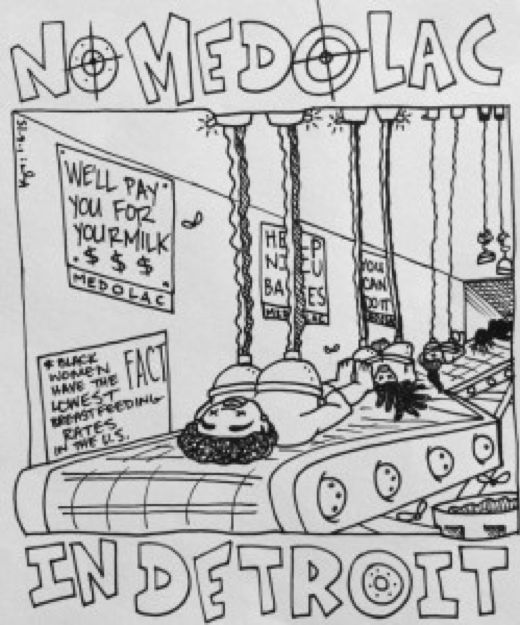Good Questions 7: How Should Human Milk Banks be Regulated?
Abstract
The term “human milk” refers to breastmilk used for purposes other than feeding a mother’s own infant, usually to directly meet the needs of other women’s infants especially those who are critically ill. Historically, milk sharing has been done primarily through wet nursing, but human milk banking has been growing rapidly since the beginning of the twentieth century.
There are concerns because some banks operate in ways that are exploitative, unsanitary, or provide milk to people who use it for questionable purposes. There is a clear need for regulation of milk banking, not only to limit undesired practices but also to facilitate good practices. This essay suggests a framework for legislation that supports milk banks in achieving their goals while also ensuring that the public’s interests are served.

Authors retain all copyrights. In making a submission to World Nutrition, they are certifying that all material is theirs except quotations, as indicated, and that they have obtained permission for any photos, tables, or graphics taken from other publications or websites.




